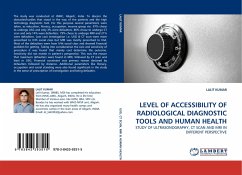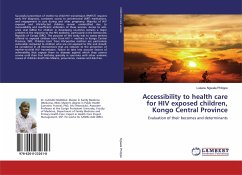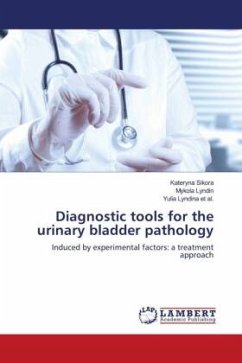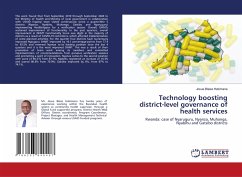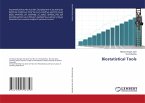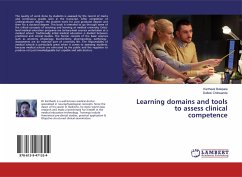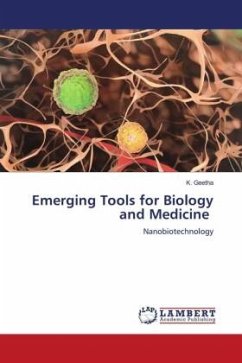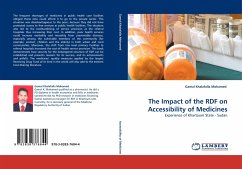The study was conducted at JNMC, Aligarh, India. To discern the obstacles/hurdles that stood in the way of the patients and the high technology diagnostic tool. For this purpose several parameters were taken, as education, literacy, occupation, income group etc. 97% chose to undergo USG and only 3% were defaulters. 86% chose to undergo CT scan and only 14% were defaulters. 79% chose to undergo MRI and 21% were defaulters. Low cost investigation i.e. USG & CT scan were more prescribed to IVth social class but MRI was mostly prescribed to IInd. Most of the defaulters were from IVth social class and showed financial problem for getting. Taking into consideration the cost and sensitivity of procedure it was found that mainly cost determine the outcome. Sensitivity did not matter in patient's perspective. This was the reason that maximum defaulters were found in MRI, followed by CT scan and least in USG. Financial constraint was primary reason declared by defaulters followed by distance. Additional parameters like literacy, occupation and social standing were also found significant in the study in the sense of prescription of investigation and being defaulter.
Bitte wählen Sie Ihr Anliegen aus.
Rechnungen
Retourenschein anfordern
Bestellstatus
Storno

